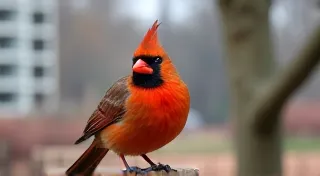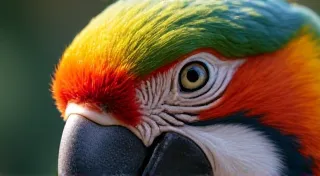Beginner's Guide to Birding in the Florida Everglades: A Wetland Wonderland
The Florida Everglades, a vast subtropical wilderness, offers a truly remarkable birding experience. Spanning over 1.5 million acres, this unique ecosystem is home to a stunning array of avian life, attracting birders of all levels. This guide is specifically designed for beginners looking to explore the Everglades and connect with its feathered residents. We’ll cover prime birding spots, identify common species, and provide essential tips for a successful and respectful outing.
Understanding the Everglades Ecosystem
Before you head out, it's helpful to understand the Everglades' defining characteristic: a slow-moving river of grass. This vast, shallow wetland provides critical habitat for countless bird species. The diverse habitats, ranging from sawgrass prairies to mangrove forests and cypress swamps, support a variety of bird communities. Knowing what habitat to expect will greatly aid your bird identification efforts.
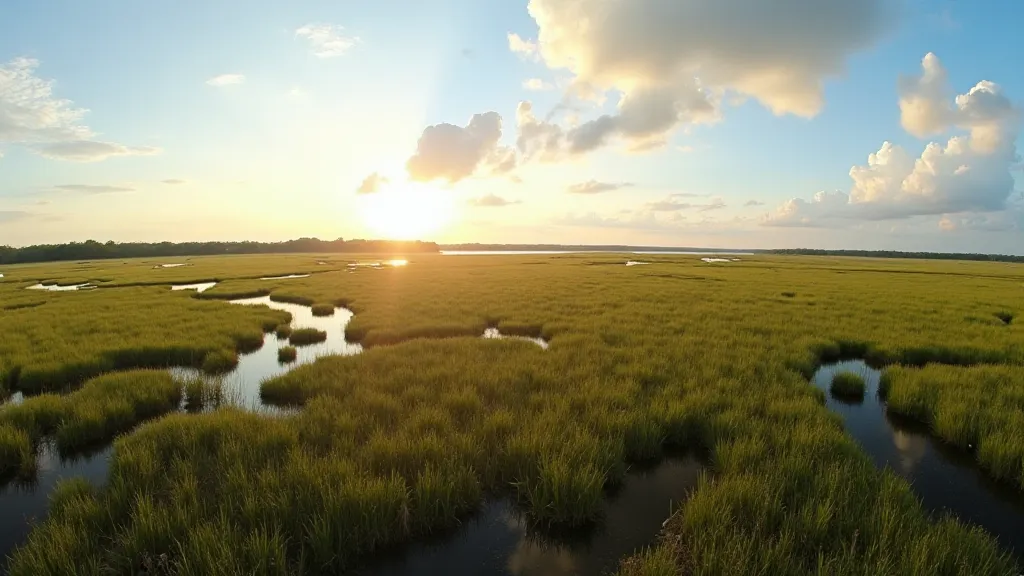
Prime Birding Locations in the Everglades
While the entire Everglades offers birding opportunities, certain areas are particularly rewarding for beginners:
- Anhinga Trail (Royal Palm): This boardwalk trail is an excellent introduction to Everglades birding. It’s easily accessible and consistently teeming with Anhingas, herons, egrets, and other wading birds.
- Shark Valley (Everglades National Park): Shark Valley offers a paved tram road, allowing for comfortable access to deeper Everglades habitat. Keep an eye out for raptors, wading birds, and a variety of songbirds.
- Ernest F. Coe Visitor Center (Flamingo): Located in southern Everglades National Park, Flamingo offers opportunities to explore mangrove forests and coastal habitats.
Common Bird Species to Watch For
The Everglades is a birder’s paradise! Here are a few key species you’re likely to encounter:
- Roseate Spoonbill: Easily recognizable by their vibrant pink plumage, these striking birds forage in shallow waters.
- Anhinga: Often seen swimming with just their long necks above the water, Anhingas are skilled fishers.
- Great Blue Heron: A majestic wading bird, the Great Blue Heron is a common sight throughout the Everglades.
- Tricolored Heron: With its striking combination of white, gray, and blue-green, the Tricolored Heron is a beautiful sight.
- Red-shouldered Hawk: This raptor can be seen soaring over the wetlands.
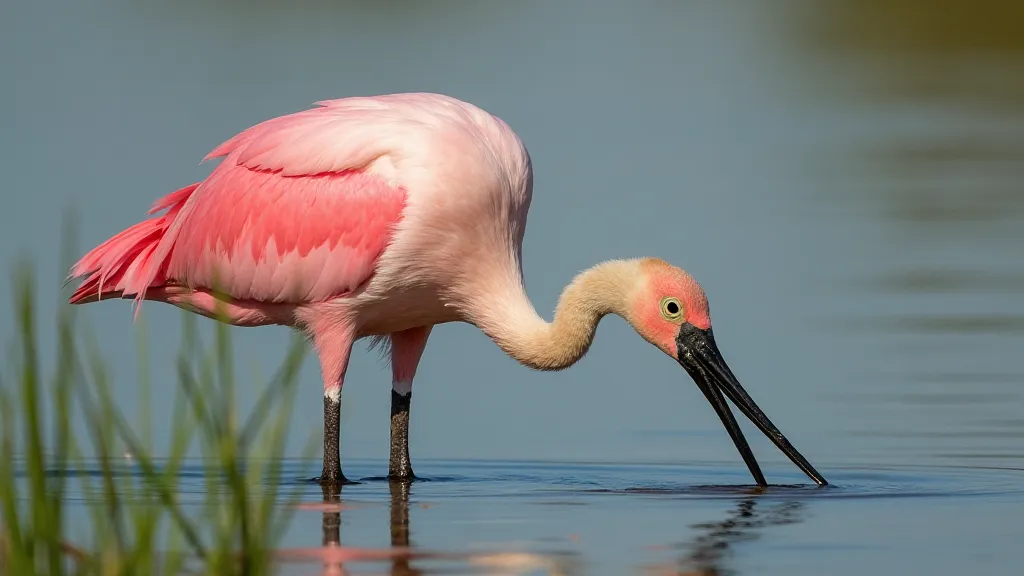
Birding Etiquette & Safety
Respecting the Everglades environment and its inhabitants is crucial. Here are a few guidelines:
- Maintain Distance: Keep a respectful distance from birds and their nests.
- Avoid Loud Noises: Keep noise levels to a minimum to avoid disturbing the wildlife.
- Stay on Marked Trails: This protects fragile habitats and ensures your safety.
- Wear Appropriate Clothing: Long sleeves and pants protect against insects and sun exposure.
- Bring Water and Sunscreen: The Everglades can be hot and humid.
- Be Aware of Alligators and Other Wildlife: While birding, be aware of your surroundings.
Tips for Beginner Bird Identification
Identifying birds can be challenging, but also incredibly rewarding. Start with the basics:
- Observe Size and Shape: Is it a small, round bird or a large, slender one?
- Note the Color Patterns: Pay attention to the colors and patterns on the bird’s plumage.
- Listen to the Calls and Songs: Many birds are best identified by their vocalizations.
- Use a Field Guide or Birding App: There are many resources available to help you identify birds.
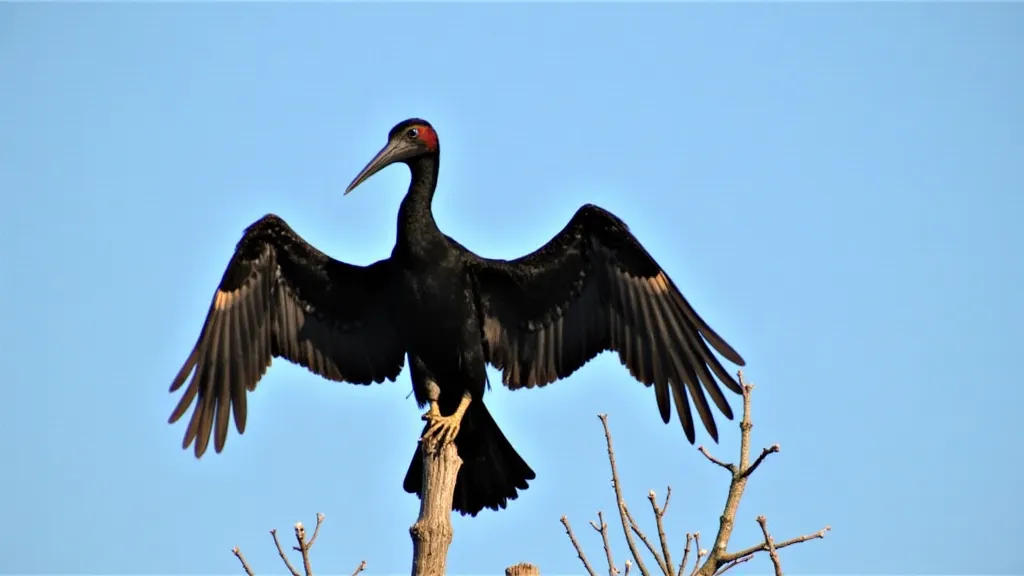
Enjoy the Wonder!
Birding in the Florida Everglades offers a truly unforgettable experience. By following these tips and respecting the environment, you’re sure to have a rewarding and educational adventure. Happy birding!
